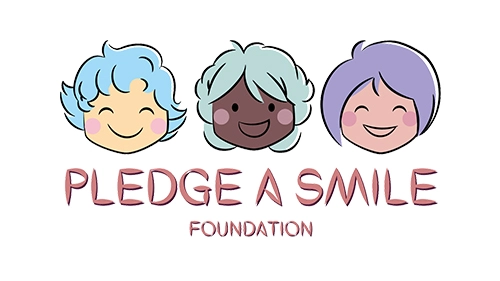Shoes are a protective covering for your feet that make walking simpler. It also protects your feet from hard road conditions such as gravel, pebbles, and other microscopic particles that could be harmful to your health. So, how and why do shoes reflect Indian culture? It is very easy to tell whether someone is rich or poor, what class and caste they belong to, what religion they follow, and where they work simply by looking at their shoes. Poor people’s feet get infected with callousness as a result of walking barefoot. Hindus do not wear shoes in temples as a symbol of respect. Conversely, a lower caste Hindu may refuse to wear shoes due to societal discrimination, claiming that they cause ‘impurity.’ Because of their low pay and labor-intensive professions, informal sector workers frequently wear worn-out shoes. So, why is there such a disparity in the way people wear their shoes?
These disparities are largely caused by socioeconomic considerations. High unemployment rates, a lack of job stability, a lack of a minimum wage, and a lack of social security are all economic reasons. In India, the informal sector economy, which is neither taxed nor recognised by the government, characterises all of these aspects. This industry employs over 81 percent of India’s workers. Shoes are now a luxury for someone barely making enough money to provide food, drink, and shelter for their family. Poverty has destroyed millions of Indian households. A poor family would rather forego shoes if it meant they could spend the money on food, water, and clothing. As a result, many impoverished youngsters do not wear shoes. It is only a ‘want/desire’ rather than a ‘need.’ Of course, for a wealthy individual, this is not the case, as they have enough money to consider shoes a ‘need’ rather than a ‘desire.’
Caste, gender, religion, and other social variables are distinctive to the Indian diaspora. Despite the fact that caste-based discrimination is illegal in India, caste-based discrimination still exists in several cities. “When entering the hamlet, members of the higher caste restrict Dalits from wearing chappals and force them to go barefoot,” Puttulakshmi, a member of the Mysuru District Vigilance and Awareness Committee, said. People who have access to shoes are obliged to not wear them in these situations. Men are given preferential treatment in India since it is a patriarchal society where men ‘work’ and women ‘stay’ at home. Even if a poor family has shoes, you’ll observe that they’re designed for guys. Gender-based prejudice thrives in India in this way.
Who receives access to the basic minimum is influenced by both economic and social variables. Their meeting is a lethal combination that has enslaved generations of families. Only a dual solution that addresses both of these issues will allow everyone to wear shoes without restriction.
